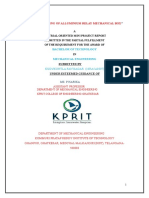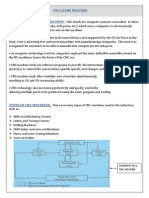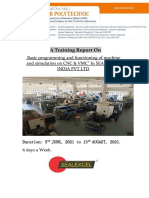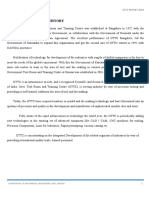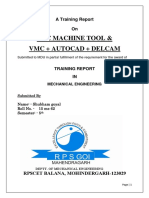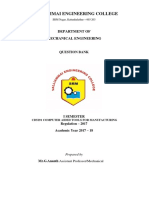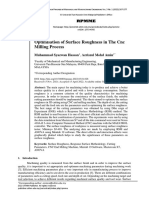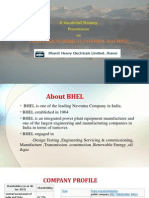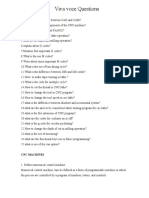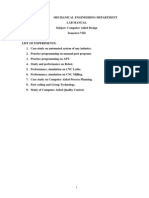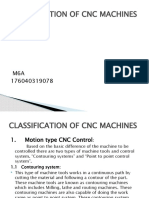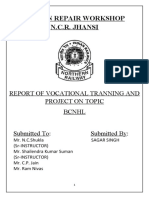100% found this document useful (2 votes)
2K views27 pagesGTTC Report
This document provides an overview of CNC milling programming and operation. It discusses the evolution from conventional to CNC machines, highlighting improved accuracy and reduced human error with CNC. The document also outlines the major differences between conventional, NC, and CNC machines and describes common CNC controllers like FANUC and SIEMENS. Programming methods and common G and M codes used in CNC are also introduced.
Uploaded by
Dhavan Y KumarCopyright
© © All Rights Reserved
We take content rights seriously. If you suspect this is your content, claim it here.
Available Formats
Download as DOCX, PDF, TXT or read online on Scribd
100% found this document useful (2 votes)
2K views27 pagesGTTC Report
This document provides an overview of CNC milling programming and operation. It discusses the evolution from conventional to CNC machines, highlighting improved accuracy and reduced human error with CNC. The document also outlines the major differences between conventional, NC, and CNC machines and describes common CNC controllers like FANUC and SIEMENS. Programming methods and common G and M codes used in CNC are also introduced.
Uploaded by
Dhavan Y KumarCopyright
© © All Rights Reserved
We take content rights seriously. If you suspect this is your content, claim it here.
Available Formats
Download as DOCX, PDF, TXT or read online on Scribd
/ 27


